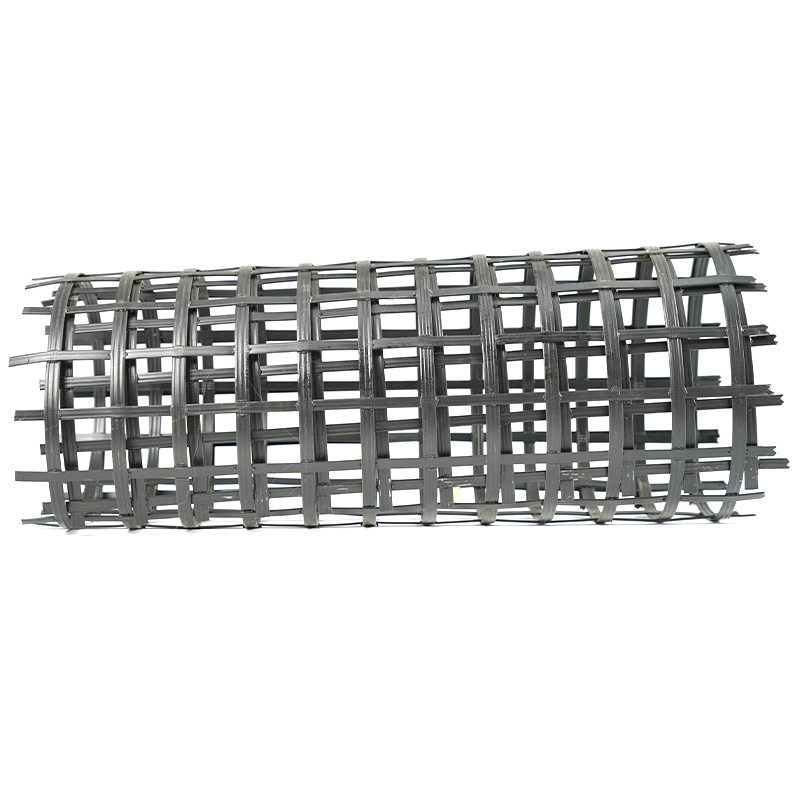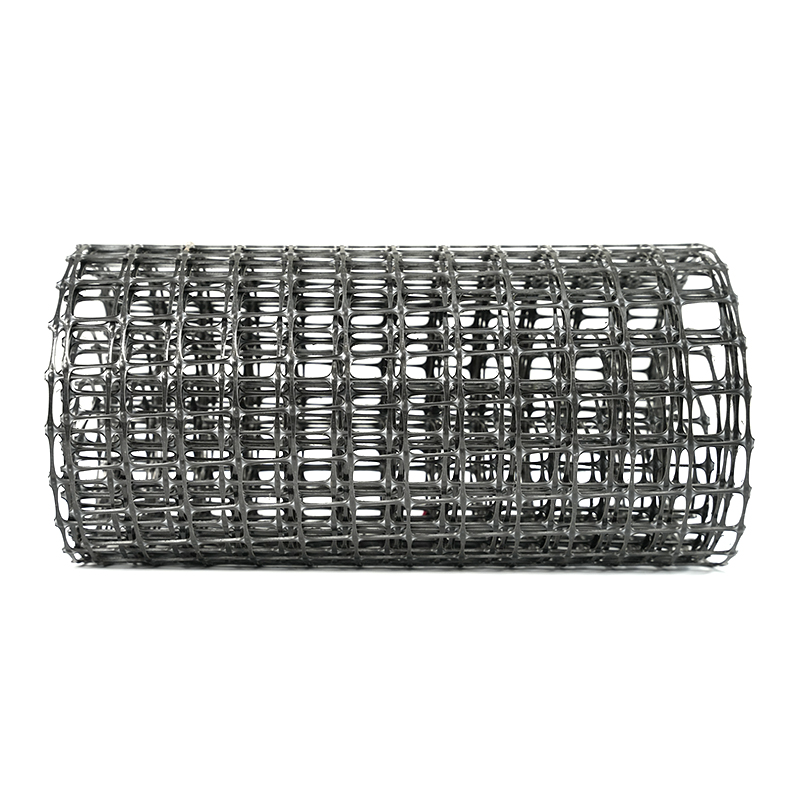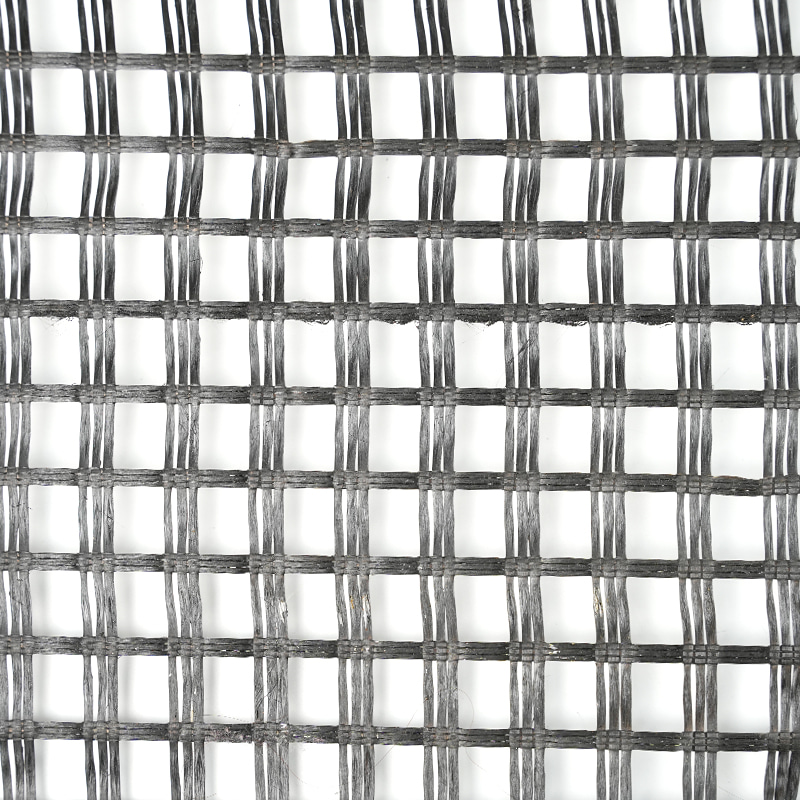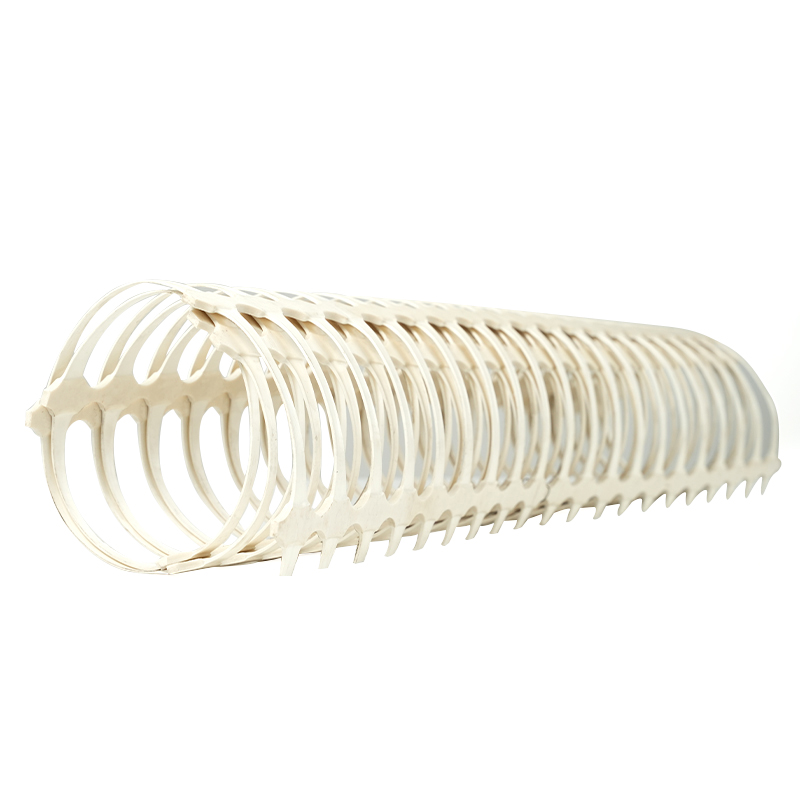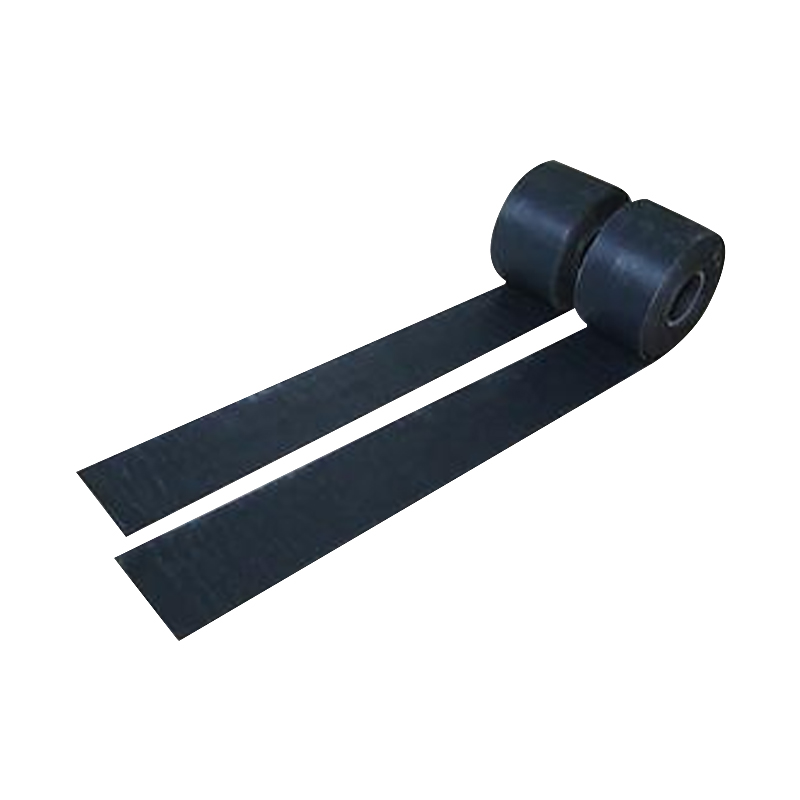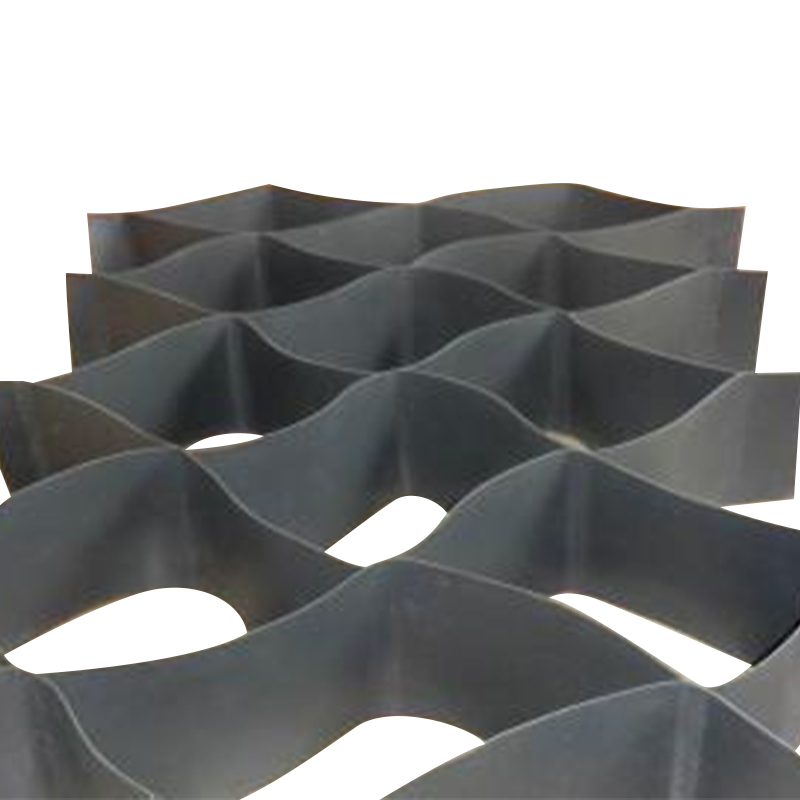Advantages of composite geomembranes over conventional smooth geomembranes
1. Composite structure improves overall strength
Composite geomembranes are equipped with anti-seepage protective geotextiles (protective geotextiles) on both sides of the membrane, forming a "two-textile, one-membrane" or "one-textile, one-membrane" composite structure.
This structure significantly improves the material's tensile strength and tear resistance, making it more reliable in large-span, heavy-load projects.
2. Superior anti-seepage performance
The membrane thickness can reach 0.2mm to 0.8mm, and combined with the fine pores of the protective geotextile, it forms a multi-layered water barrier.
In high-osmotic pressure environments such as dams, waste storage facilities, and underground projects, the permeability coefficient of composite geomembranes is much lower than that of conventional smooth membranes, enabling longer periods of leak-free operation.
3. Significantly improved resistance to chemical corrosion
The composite structure effectively blocks direct corrosion from chemical media such as acids, alkalis, salts, and organic solvents. The material of the protective geotextile (100g/m² to 800g/m²) has been specially treated to ensure excellent chemical compatibility and slow chemical aging.
4. Improved Aging Resistance and Durability
The composite geomembrane utilizes a self-produced protective geotextile that meets national standards and is UV-resistant, temperature-resistant, and aging-resistant.
Under long-term exposure to the elements (such as rain, sunlight, and temperature fluctuations), the performance degradation rate of the composite membrane is much slower than that of a single-layer smooth membrane, resulting in a service life of decades.
How are the anti-seepage, chemical corrosion resistance, and aging resistance of the composite geomembrane evaluated?
Evaluating the Anti-seepage, Chemical Corrosion, and Aging Resistance of Composite Geomembrane
1. Anti-seepage Performance Evaluation
Permeability Coefficient Test: Under laboratory conditions, the membrane's permeability coefficient (units: m³·m⁻²·d⁻¹·Pa⁻¹) is measured using a standard permeameter. A lower value indicates better anti-seepage performance. On-site Leakage Monitoring: Leakage monitoring wells or osmometers are deployed in actual projects to record leakage and pressure changes in real time to verify the long-term anti-seepage performance of the composite membrane.
2. Chemical Corrosion Resistance Evaluation
Chemical Compatibility Test: Composite membrane samples are immersed in common corrosive media (such as sulfuric acid, hydrochloric acid, and sodium chloride solutions) to observe and measure changes in mechanical strength, elongation, and permeability.
Immersion Aging Test: Long-term immersion under high temperature and high pressure conditions evaluates the membrane's durability in extreme chemical environments to ensure it will not fail due to chemical corrosion in actual projects.
3. Aging Resistance Evaluation
Accelerated Aging Test: Using equipment such as UV lamps and thermal cyclers, the composite membrane is subjected to light aging, heat aging, and freeze-thaw cycles to measure changes in tensile strength, tear strength, and permeability before and after aging.
On-site Aging Monitoring: Samples are regularly collected from operational projects for retesting of mechanical and permeability properties to verify the practical applicability of laboratory accelerated aging results.



 中文简体
中文简体 русский
русский عربى
عربى

